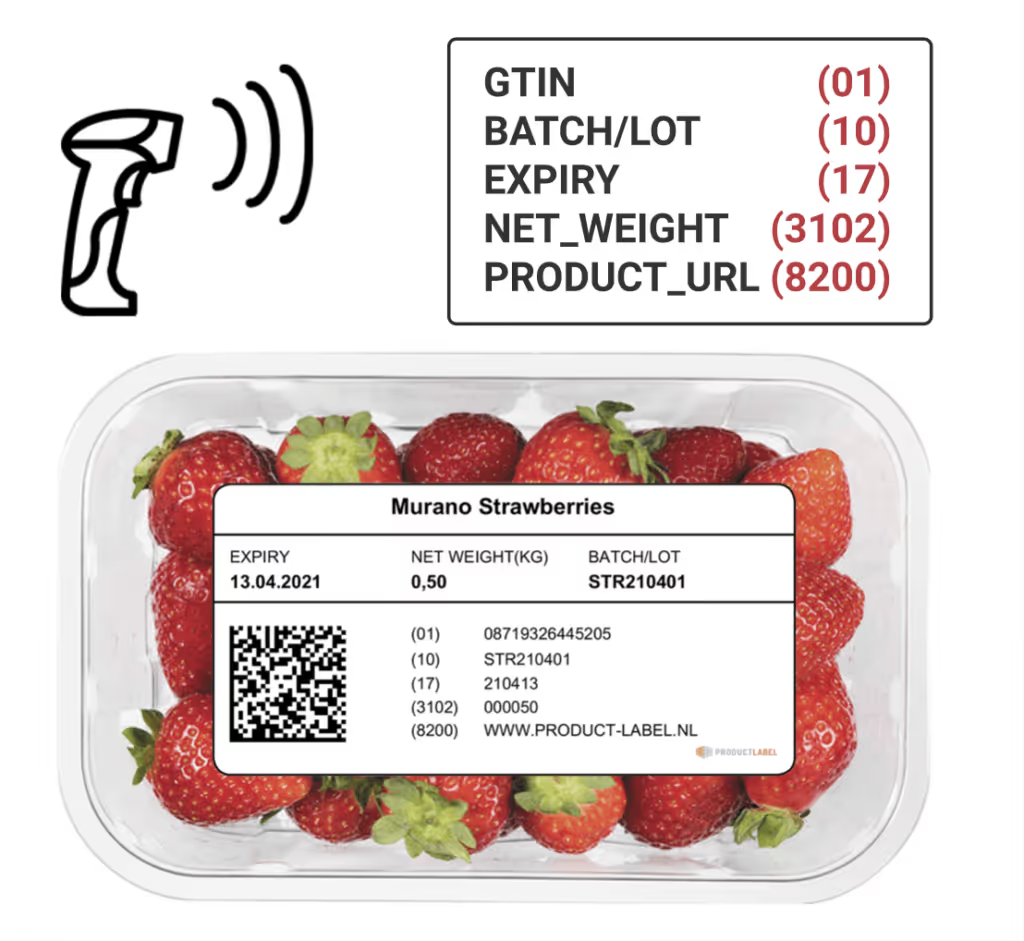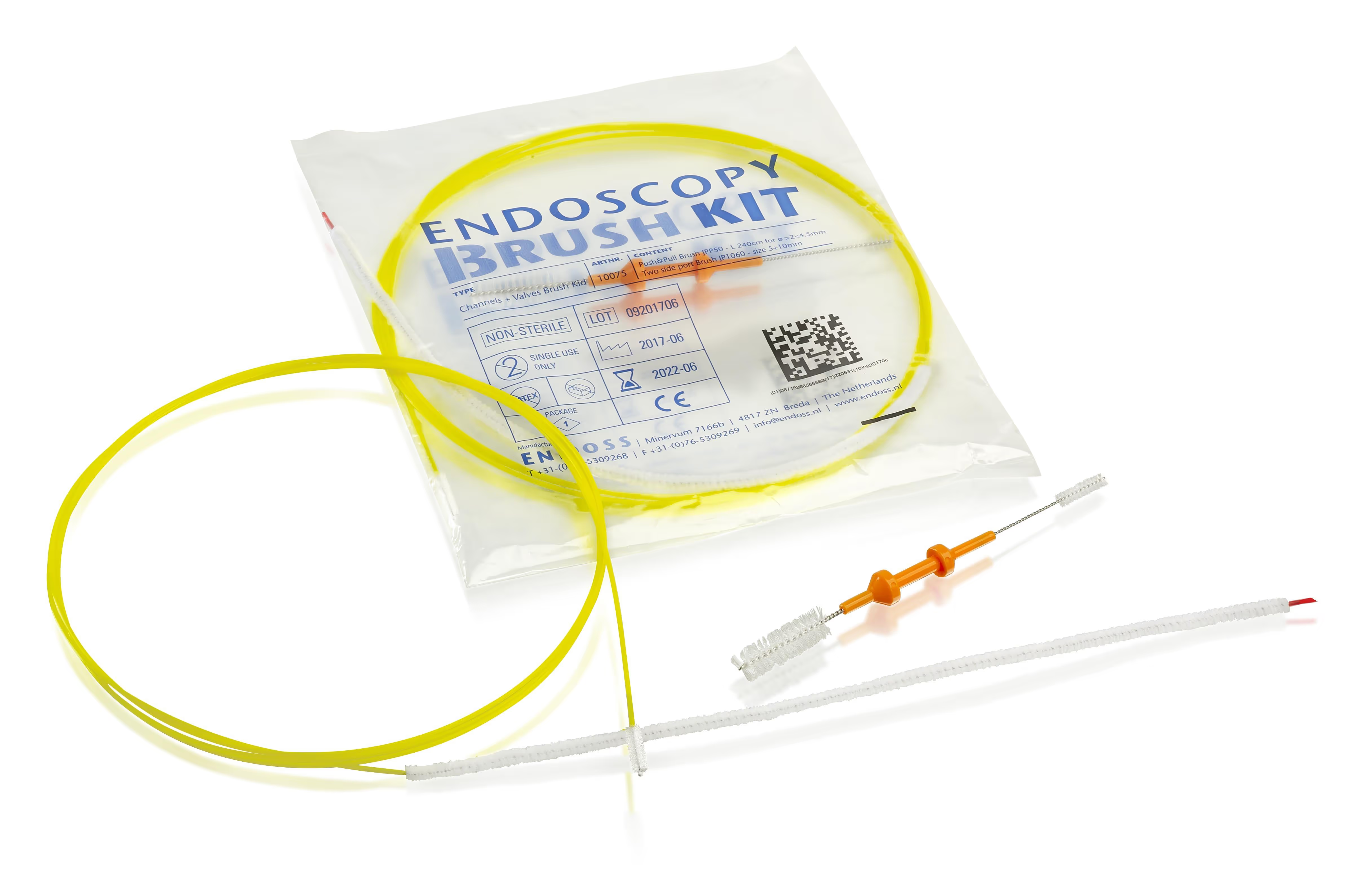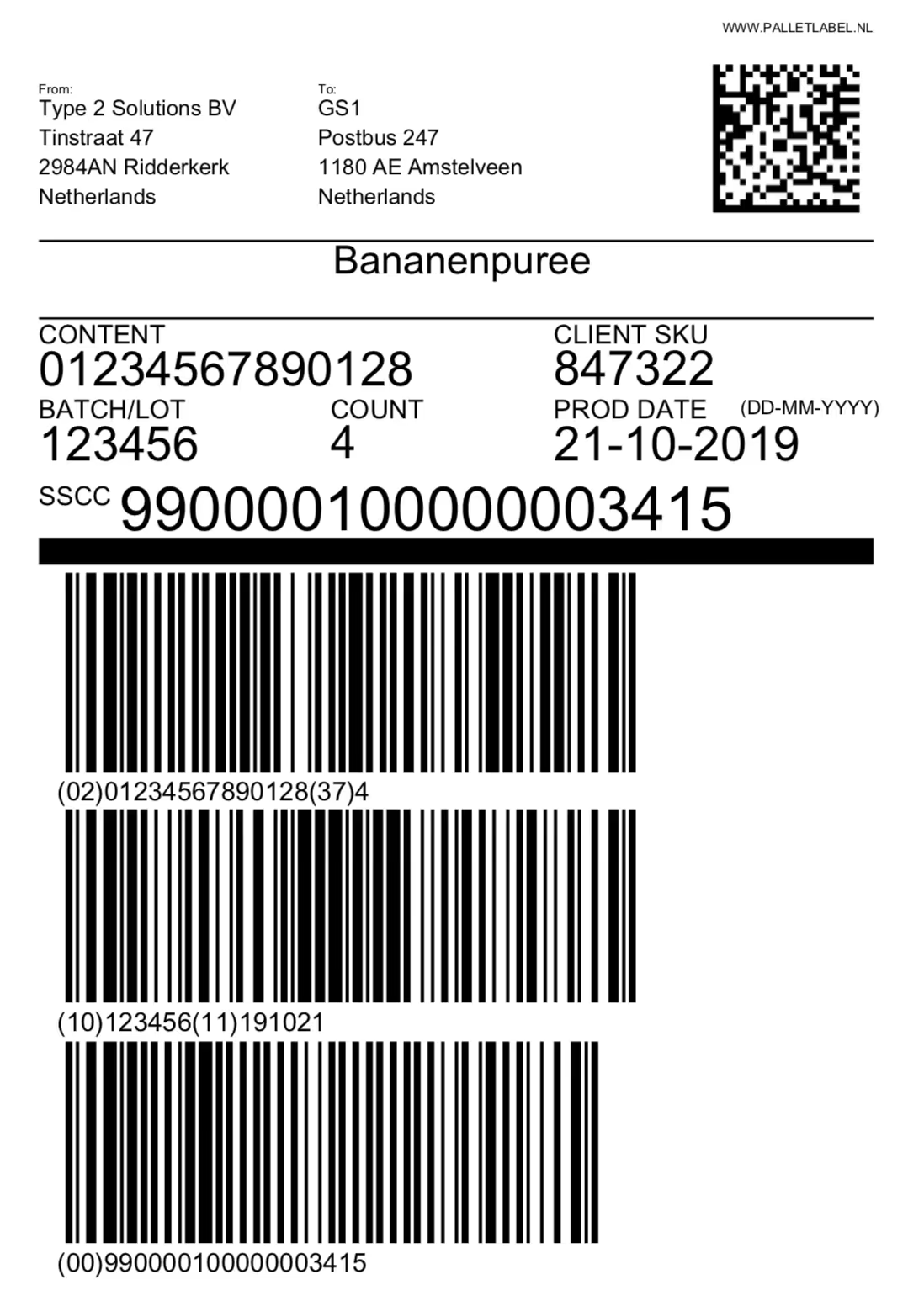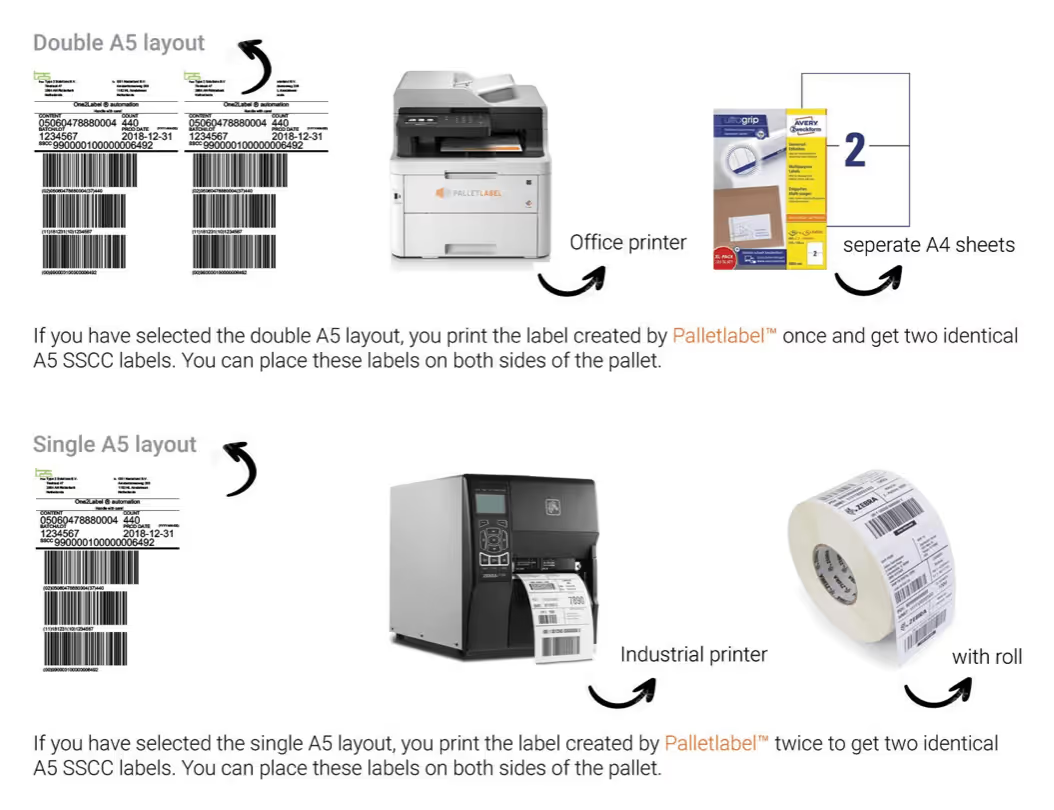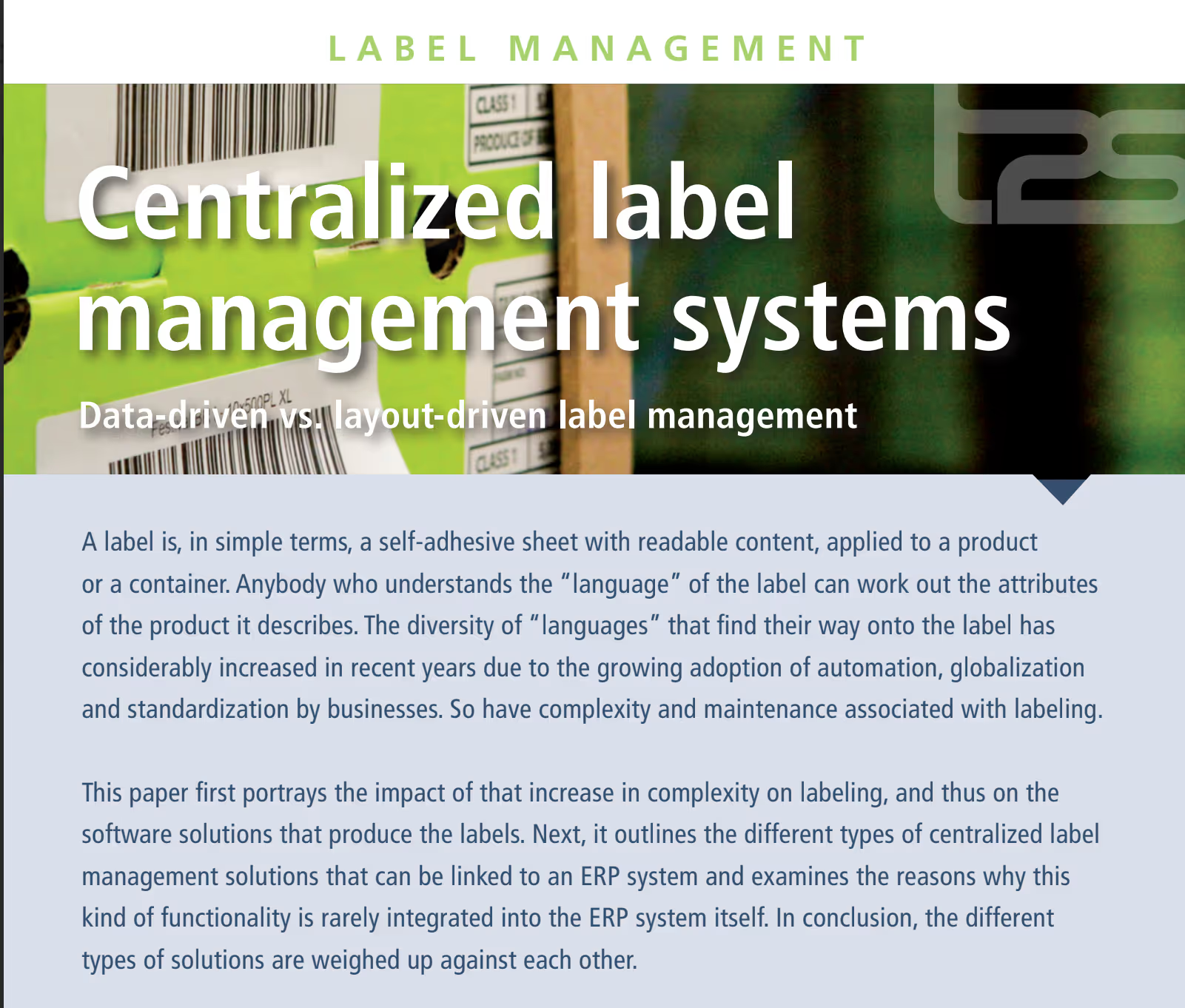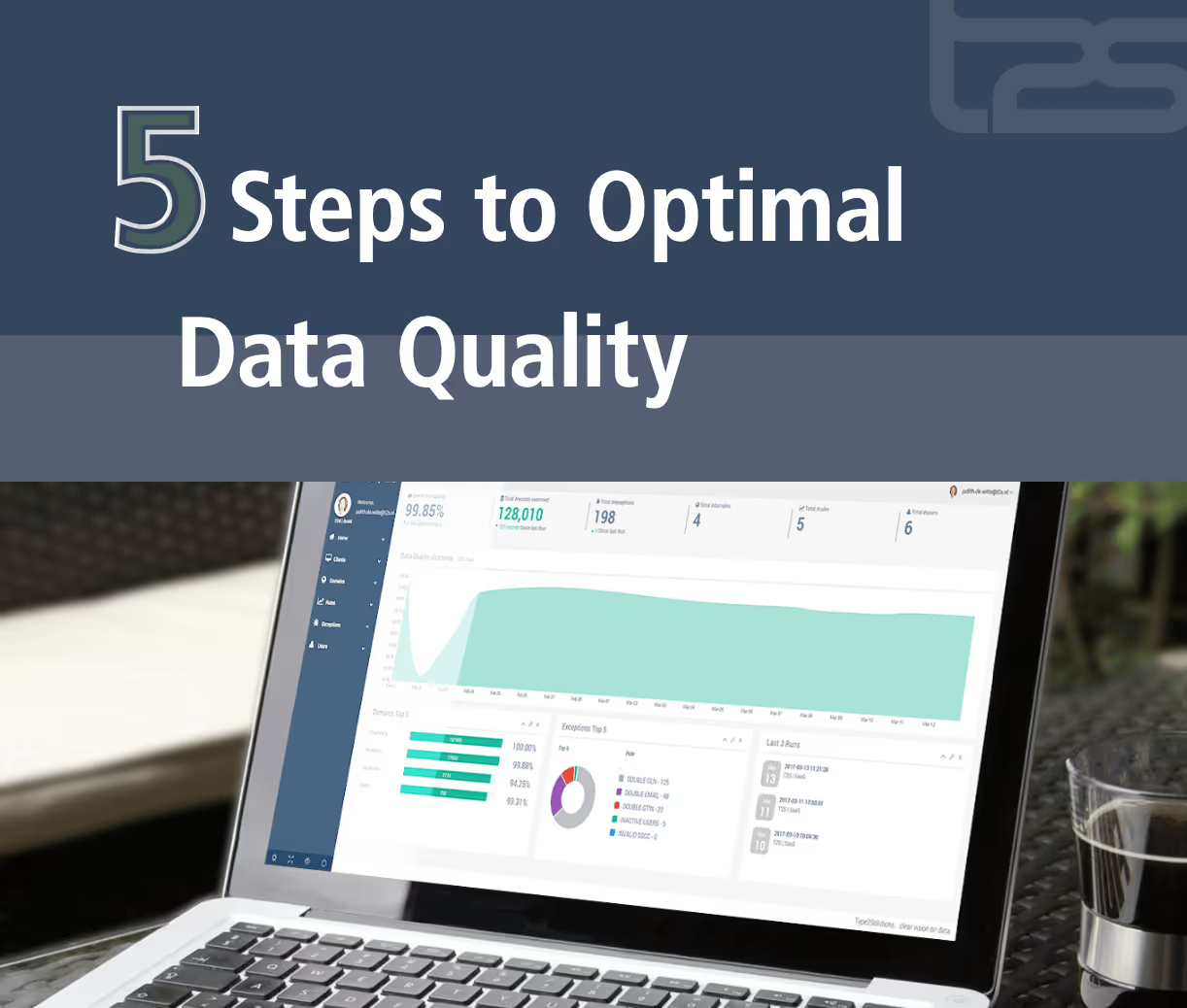Data Quality Dashboard
Monitor, maintain and optimize
The Data Quality Dashboard is an online dashboard that tracks and measures the quality of your data and helps you to take targeted action.

Dashboard
Guard the quality standards for newly-entered data. Keep exceptions to these standards in plain view.
Boost results
Enhance results with accurate, complete, and current data, leading to reliable business operations.
Manage
Track the level of data quality over time. Organize your monitored data by topic for easy access.
Optimize
Optimize data in a targeted manner. Annoying Excel lists are a thing of the past.
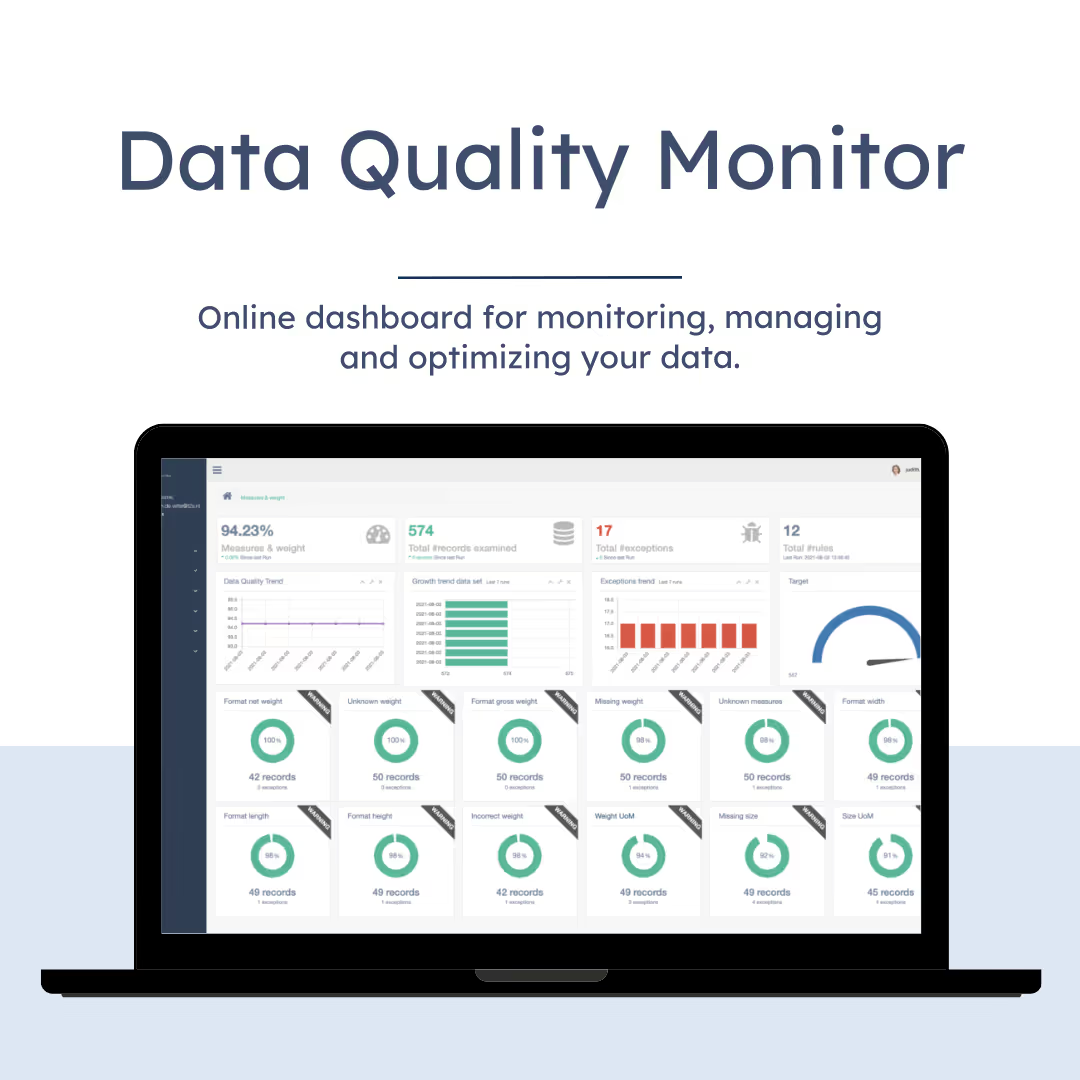
Data Quality Monitor
High-quality data is essential for efficient operations. Optimizing and maintaining data quality requires two things: a good plan and discipline. Unfortunately, ad hoc improvements only work in the short term and result in a yo-yo effect.
Monitor, maintain and optimize
The Data Quality Dashboard is an online dashboard that tracks and measures the quality of your data and helps you to take targeted action. It is a fast, simple, and user-friendly tool that offers you a lot of functionalities in the field of extensive data analysis and data exploration.
Empower Yourself
Using the Data Quality Dashboard will provide you with real-time insight into your data, and ultimately, the peace of mind that comes with being in control.
Data insight
The Data Quality Monitor gives you clarity. It empowers you to steer by the realities in your data. Say goodbye to vague estimates and guesswork. From now on you can deal in facts.
Safeguard your data quality
The clarity is not just there for a week or a month; using our data quality dashboard leads to continuous improvement of your data. Over time, the facts keep adding up, and you get progressive insight.
This insight enables focused efforts in maintaining your master data. And with it comes a strategic advantage in the long term.

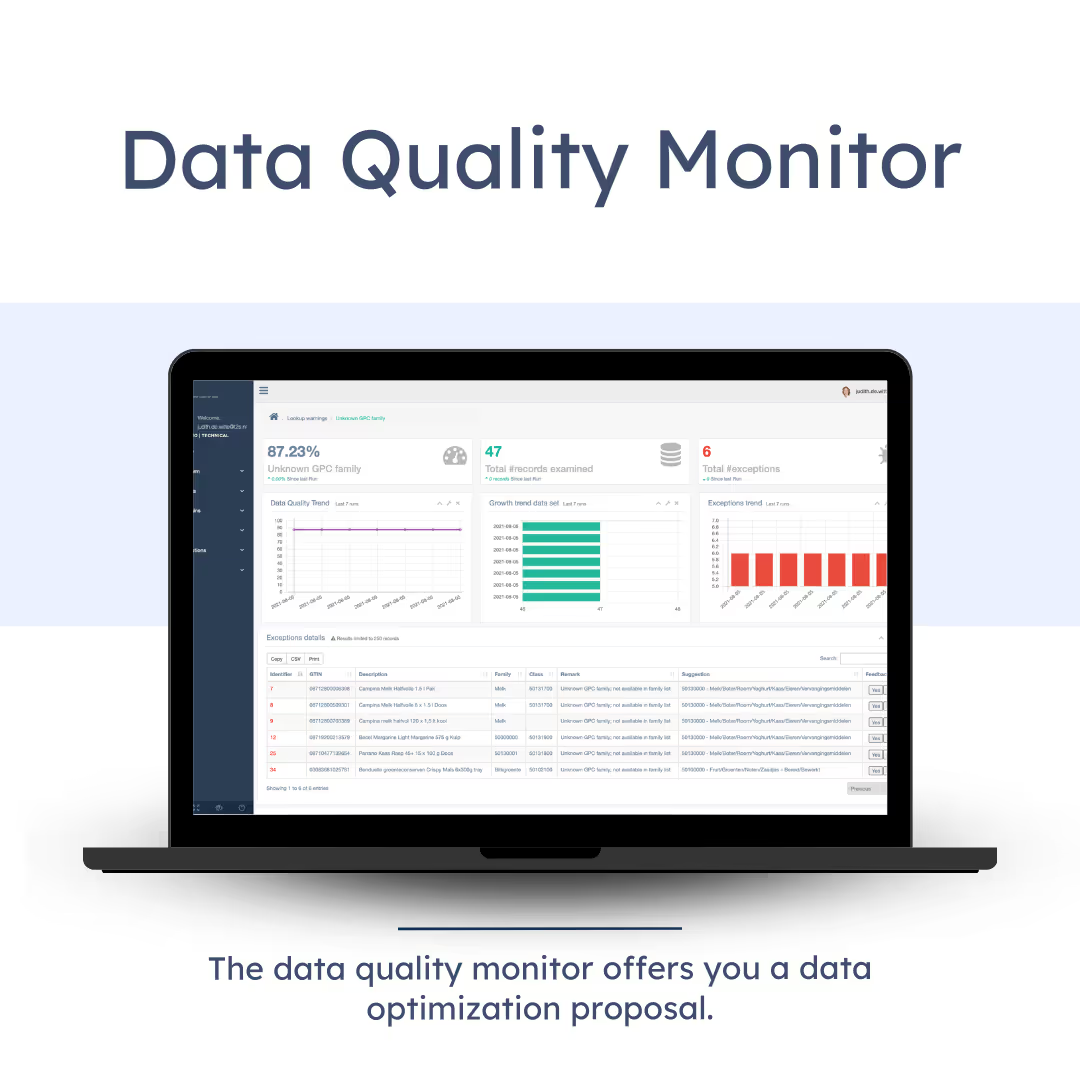
Functionalities
The Data Quality Monitor offers you the following functionalities:
- Reporting, data analysis and data exploration
- An overview of the data quality of the file or files arranged by subject (referred to as ‘Domains’ and ‘Rules’)
- Rules to which the data must conform are determined for each domain
- External reference files can also be used for this
- An impact weight is linked to each data domain and to each rule
- Via your dashboard you have insight into the progress achieved at global, domain and rule level
- You will also receive notifications via e-mail, daily or based on the frequency you prefer
- You can give a location (client) targeted access to the domain of data for which they are responsible
- Overview of all identified exceptions, including an explanation of why this entry is an exception
- You can immediately take targeted action and optimize the data
- Employees can simultaneously optimize data quality
- Annoying Excel lists are a thing of the past
Master data tool
On top of this, the data quality dashboard offers management a data quality management tool to evaluate the progress achieved and formulate specific objectives.
The organization is made aware of the current working method and its consequences for the data quality of the relevant system. This ensures faster achievement of the desired result: current, complete and correct data.
Finally, the software can be used for extensive data analysis and data exploration.
Ready to get started? Begin with the Data Quality Scan.

Boost results
Using the Data Quality Dashboard will provide you with real-time insight into your data, and ultimately, boost your results with up-to-date, complete and correct data.
1. Guard data
Guard the quality standards for newly-entered data.
2. Plain view
Keep exceptions to these standards in plain view.
3. Track data
Track the level of data quality over time.
4. Easy access
Organize your monitored data by topic for easy access.
5. Optimize data
Optimize data in a targeted manner.
6. User friendly
Annoying Excel lists are a thing of the past.
How it works
Implementation Data Quality Monitor
If you want to implement the Data Quality Monitor, we’ll start with the Data Quality Scan.
Data Quality Scan
A preliminary analysis of your system(s), the IT landscape, the input and management process, and a determination of scope. Which data collections do you want to analyze and optimize? The result of the data quality scan is a data management advice including displaying the results of the scan of a data set in the Data Quality Monitor.
Setup Data Quality Dashboard
After the preliminary analysis, we’ll install the Data Quality Monitor on a (virtual) server and link the source files (systems). We’ll load the data into the data quality monitor and run the predefined rules over the data.
Investment
There’s a one-time fee for the set-up and configuration of the Data Quality Monitor and for linking it to the source systems. After implementation, you pay a fixed fee per month for the subscription. This includes management, service & support.
Meet our experts
The T2S data specialists have extensive experience with data migrations and data integrations in various sectors, such as the financial sector, government, energy & multimedia, construction, healthcare, food and chemical industry.














Discover the Data Quality Dashboard
Schedule a demo of the Data Quality Monitor via our calendar at Calendly or leave your details and we will contact you.
Frequently Asked Questions
What is a data quality dashboard?
A data quality dashboard is a fast and easy tool that tracks the quality of your data. It helps you to tackle data quality issues and gives you clarity. The clarity is not just there for a week or a month; using a data quality dashboard leads to continuous improvement of your data.
What are the advantages of a data quality dashboard?
A data quality dashboard provides that kind of insight that makes it possible to improve, maintain and optimize data quality. Over time, the facts keep adding up, and you get progressive insight. It empowers you to steer by the realities in your data. You will get the peace of mind that comes with being in control.
How can I check the quality of my data?
You can check the quality of your data real-time in the dashboard. Your data is extracted from the data source of your application(s). This data is automatically evaluated by the data quality dashboard, according to the business rules resulting from the data definitions. Exceptions to those business rules are detected, collected, and presented to the data owner in the dashboard. The data owner can take appropriate corrective action, either by correcting the data, or by fine-tuning the data definitions.
What is data quality with example?
Data quality is a measurement of how fit a data set is to serve the specific needs of an organization and preferably a bit more. What matters is whether the data you register is correct, complete and fit-for-purpose. But this is changing rapidly, especially nowadays. It is therefore possible that the quality is 100% (correct and complete) today and will no longer be tomorrow due to changed market conditions (fit-for-purpose). You can think of the e-commerce requirements of new customers and other buyers. This increases the data requirement such as photographic material, additional product features and data required in electronic communication.
What is data quality optimization?
Data quality optimization is a continuous process. A quick one-time cleanse will get you back right where you were in no time. Data is like a living organism, it is constantly moving and evolving. Therefore, constant monitoring and cleansing are necessary. The optimization and above all the preservation of data quality requires discipline and planning. Companies that continuously improve the quality of their data can gain strategic advantage and provide greater value to their customers.




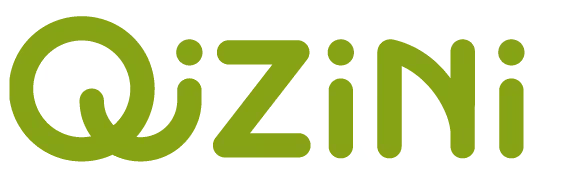

















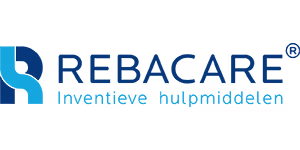


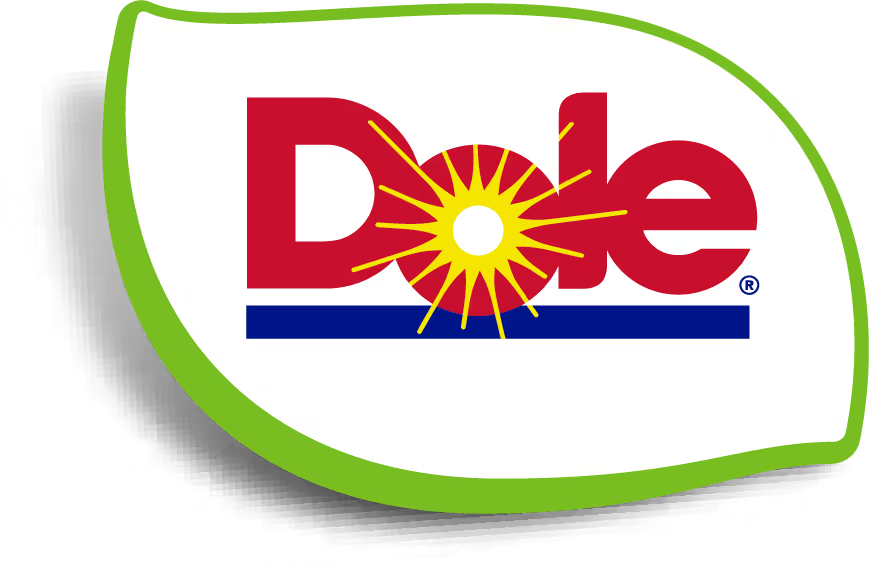









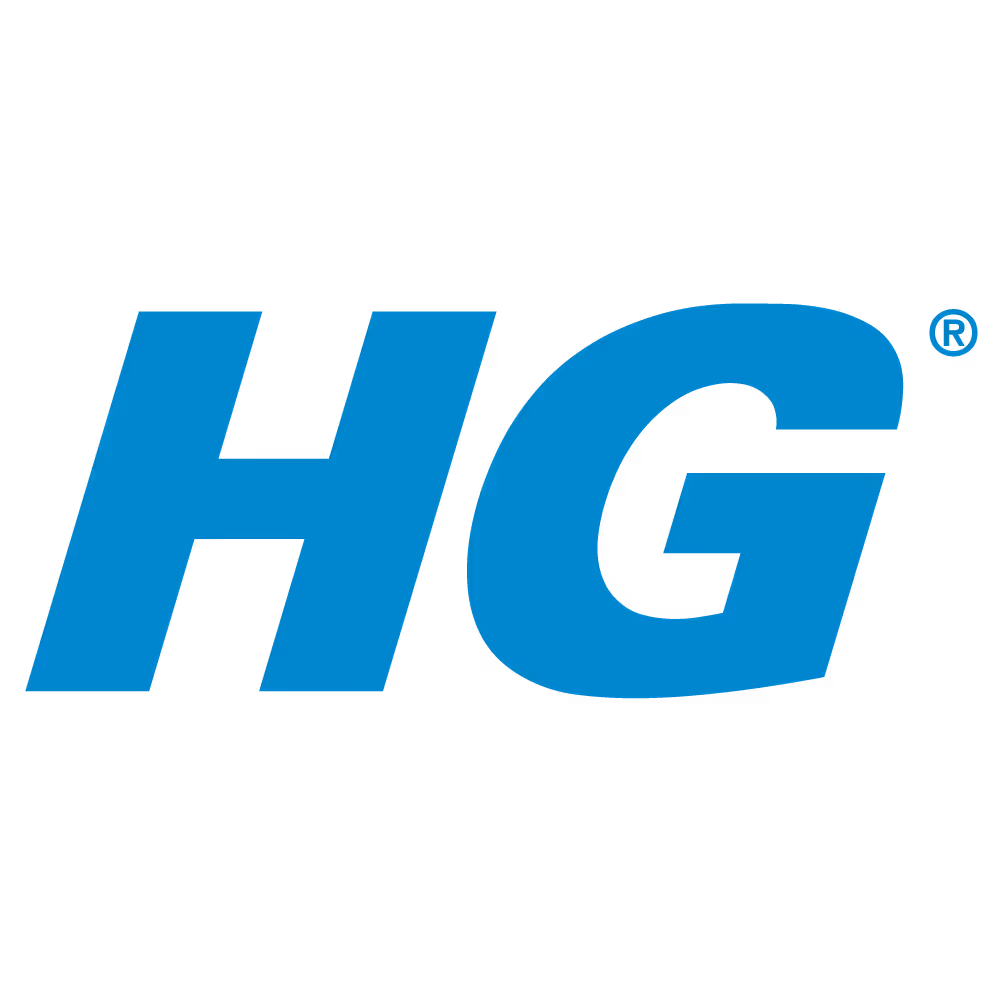
.svg)





















